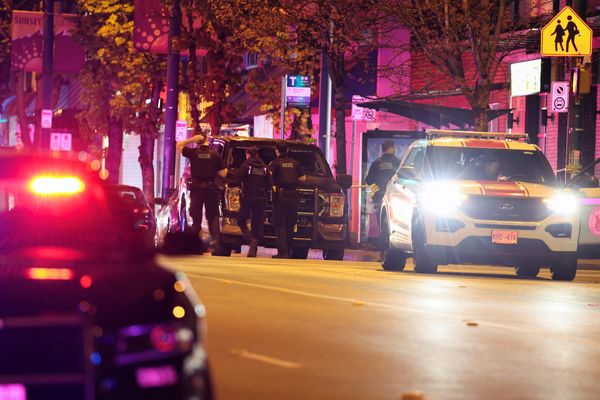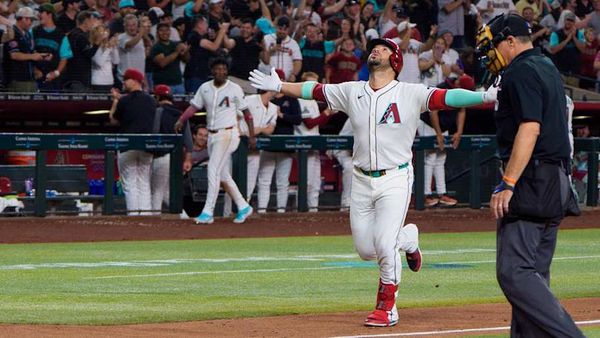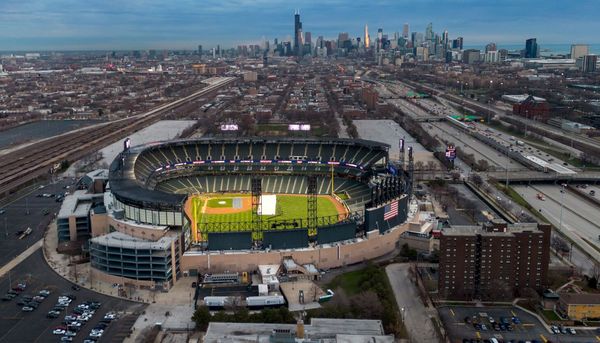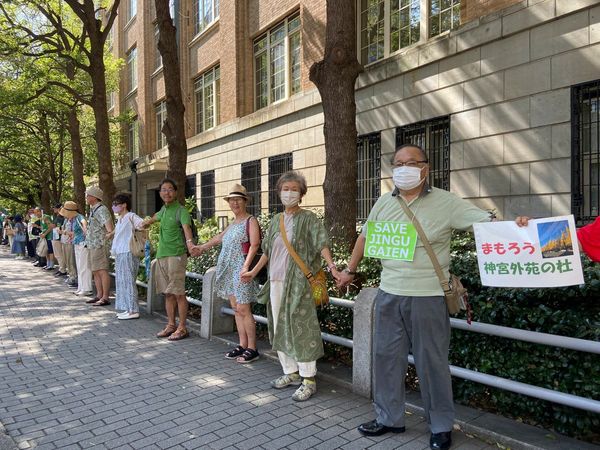Friday was Maurice Cox’s last day at City Hall. Chicago’s biggest developers may have toasted the occasion.
As the city’s commissioner of planning and development since 2019, Cox was known for irritating the powerful builder and investor class. Developers had to go through Cox’s agency to get major zoning changes approved, and they complained he delayed deals by insisting on better architecture, community benefits and a more diverse cast of contractors.
Those were the things former Mayor Lori Lightfoot hired him to do. Cox came to the job with an uncommonly rich background. He previously practiced architecture in Italy, advised Detroit on its urban revival and served a couple years as mayor of Charlottesville, Virginia.
But as a holdover with new Mayor Brandon Johnson and with no indication he’d be kept on, Cox opted to resign. At age 64, Cox said he has no immediate plans but wants to keep working in Chicago. “It adopted me,” he said. “It’s a gorgeous city. It’s been a city worth fighting for.”
In a conversation last week, Cox talked about the status of major developments and his attempt to bring investment to bypassed neighborhoods, even as a pandemic and anger about crime and taxes overshadowed city affairs. A few excerpts:
On the Invest South/West program, with five of 14 projects for the South and West sides having broken ground:
“I inherited no expectation, no aspirations about what development should look like. So we had to set the bar. It had to be catalytic. It had to be transformative. It had to be community supported. And it had to be beautiful, because the communities receiving those investments are already beautiful.”
Cox said the developments have overcome inflationary costs and supply-chain glitches. “The reality is that projects don’t adhere to political time frames.”
What’s the biggest thing you’ve left undone?
“We started on the commercial corridor as kind of the heartbeat, the center of communities. But right behind that are the rooftops, the infill housing [to support businesses]. … We have teed up an infill housing strategy at the two-flat, three-flat, six-flat, townhouse level, and it is poised and ready to go.”
Will the Chicago Bears stay at Soldier Field?
“The Bears are no longer speaking in absolutes and are now talking about options, so I think that’s progress. … Soldier Field is on the table.”
Bally’s has opened its temporary Medinah Temple casino but is loaded down with debt. Could Medinah be a permanent casino?
“That’s not the plan. They have an approved [planned development] and I know are diligently working through some of the design and implementation issues [and] that suggests we’re going to stay on track.”
What about the White Sox possibly leaving town?
“That is one of the bigger untapped opportunities for redevelopment that we have on the South Side. I feel really strongly that the model of a stadium surrounded by parking with no additional experiences for fans is obsolete. I think they know it. If they can unleash the redevelopment potential of their land holdings there, it could be one of the most exciting opportunities tied to a sports facility anywhere.”
Fulton Market is one of the hottest areas in the country, but is the city allowing too much building there?
“When I go there, it’s always congested. It’s the very definition of what a vibrant urban core looks like. So I scratch my head when people say, ‘Is it too much?’ Can you really have too many people walking on the street?”
On a program to revive La Salle Street by making it more residential:
“All signs are pointing to it being a staple of downtown recovery. … It is perceived to be one of the most audacious experiments in the United States right now.”
One of Cox’s changes was creating a high-level Committee on Design, with architects, designers and others in real estate volunteering to review projects and recommend improvements. In two years, the committee has reviewed 41 projects, most of them outside of downtown, Cox said. Developers have argued it’s more bureaucracy, but they’ve gotten free advice from it to make buildings more marketable and attractive.
Other big cities have such a committee, Cox said, and he’d like to see Chicago continue it. But he acknowledged that will be a decision for his successor.
Covering Cox reminded me of when then-Mayor Richard M. Daley about 20 years ago got fed up with new buildings he thought were ugly. He told developers to do better than build “plain old boxes.” At a speech to developers, many with homes on the North Shore, Daley told them in essence, “You can’t build shlock where you live. You’re not building shlock here.”
Some architects cheered, but Daley’s outburst passed and didn’t penetrate much into city agencies. In that sense, Cox gave oomph to Daley’s old message. As city planning boss, Cox was called a lot of things, but I’ll bet nobody thought of him as Mayor Daley Redux.










